The discovery of phosphine gas in Venus' atmosphere has reignited one of humanity's oldest questions: are we alone in the universe? This unexpected finding, announced in September 2020 by an international team of astronomers, has sent shockwaves through the scientific community and captured the public imagination. The detection of this particular molecule on our neighboring planet suggests possibilities that challenge our understanding of life's boundaries.
Venus: An Unlikely Haven for Life? For decades, scientists considered Venus as essentially uninhabitable - a scorching hellscape with surface temperatures hot enough to melt lead, crushing atmospheric pressure, and clouds of sulfuric acid. The planet's surface environment ranks among the most hostile in our solar system. Yet the detection of phosphine approximately 50 kilometers above the surface, in Venus' more temperate cloud layers, has forced researchers to reconsider their assumptions. This region of the atmosphere, while still highly acidic, has pressures and temperatures not dissimilar to Earth's surface.
The significance of phosphine lies in its potential biological connections. On Earth, this colorless, flammable gas is primarily associated with anaerobic ecosystems - environments without oxygen. It's produced by certain microorganisms in swamps and marshes, and within the intestines of many animals. While phosphine can form through non-biological processes, such as in the extreme conditions of gas giants like Jupiter, its presence on rocky planets like Venus is much harder to explain through known geological or chemical processes.
The scientific team used both the James Clerk Maxwell Telescope in Hawaii and the Atacama Large Millimeter/submillimeter Array in Chile to confirm their findings. They detected the phosphine signature at parts-per-billion concentrations - small by Earth standards, but significant given Venus' environment. The researchers spent a year verifying their data before publication, considering and rejecting numerous alternative explanations. Their work followed rigorous protocols, knowing the extraordinary nature of their claim would invite intense scrutiny.
Reactions from the scientific community have ranged from cautious optimism to outright skepticism. Some researchers have proposed alternative chemical pathways that could produce phosphine without life, involving unknown Venusian geology or atmospheric chemistry. Others argue that even if the phosphine is biological in origin, the extreme acidity and lack of water in Venus' clouds would make any life form radically different from terrestrial organisms. The debate has spurred numerous follow-up studies and proposals for new missions to Venus.
Historical Context and Future Exploration This isn't the first time scientists have speculated about life in Venus' clouds. As far back as the 1960s, astronomers like Carl Sagan and Harold Morowitz considered the possibility. More recently, researchers have modeled how microbial life might survive in Venus' atmosphere, potentially using sulfur compounds rather than water in their biological processes. The phosphine discovery has brought these theoretical discussions into sharper focus.
Space agencies worldwide are now reevaluating Venus exploration priorities. NASA has selected two new Venus missions - VERITAS and DAVINCI+ - while the European Space Agency has announced EnVision. These missions, scheduled for launch in the late 2020s, could provide crucial data to confirm or refute the phosphine findings. Some scientists advocate for dedicated astrobiology missions, possibly including atmospheric sample return.
The philosophical implications are profound. If life exists on Venus, our nearest planetary neighbor, it suggests life may be far more common in the universe than previously believed. The discovery would imply that life can emerge in extremely harsh environments, vastly expanding the range of potentially habitable worlds. Alternatively, if Venusian life shares a common origin with Earth life - perhaps transferred via meteorites - it would suggest panspermia (the interstellar transfer of life) might be possible.
As with all extraordinary claims in science, the phosphine detection requires extraordinary evidence. The coming years of Venus research promise to be exciting, as scientists work to either confirm a groundbreaking discovery of extraterrestrial life or uncover new, unexpected chemistry occurring in planetary atmospheres. Either outcome would significantly advance our understanding of the universe.
For now, the phosphine mystery stands as a tantalizing possibility at the edge of our knowledge. It reminds us that the universe continues to surprise even our most informed expectations, and that answers to fundamental questions about life's prevalence may lie much closer to home than we imagined. The clouds of Venus, long dismissed as inhospitable, have suddenly become one of the most intriguing locations in our solar system in the search for life beyond Earth.
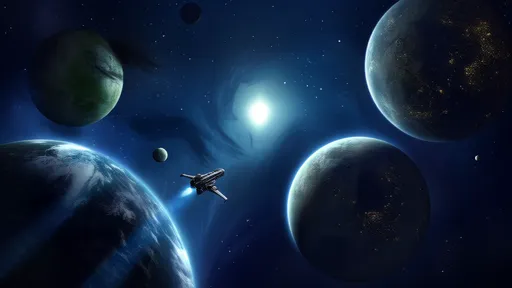
By /Jun 7, 2025
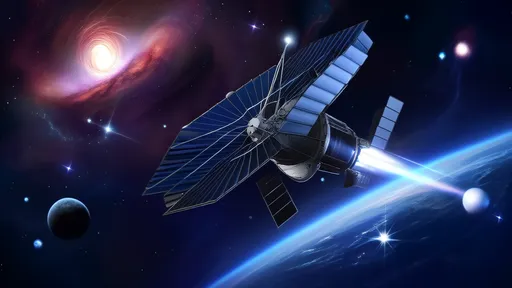
By /Jun 7, 2025

By /Jun 7, 2025
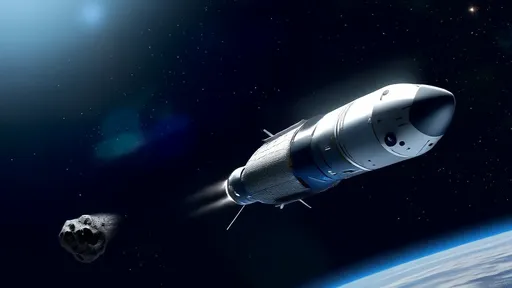
By /Jun 7, 2025

By /Jun 7, 2025

By /Jun 7, 2025
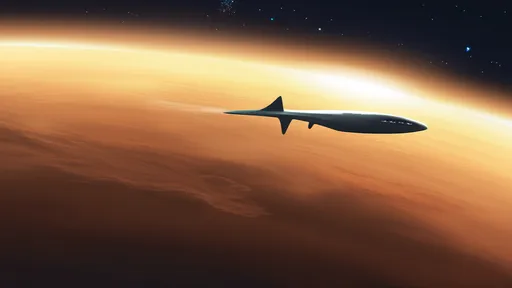
By /Jun 7, 2025
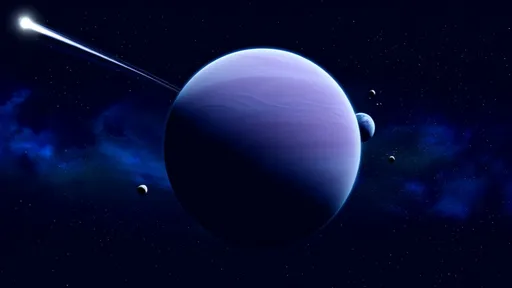
By /Jun 7, 2025
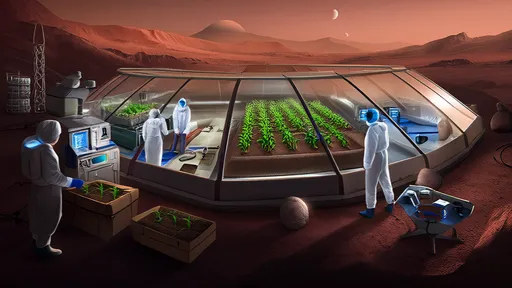
By /Jun 7, 2025

By /Jun 7, 2025

By /Jun 7, 2025

By /Jun 7, 2025

By /Jun 7, 2025

By /Jun 7, 2025

By /Jun 7, 2025

By /Jun 7, 2025

By /Jun 7, 2025
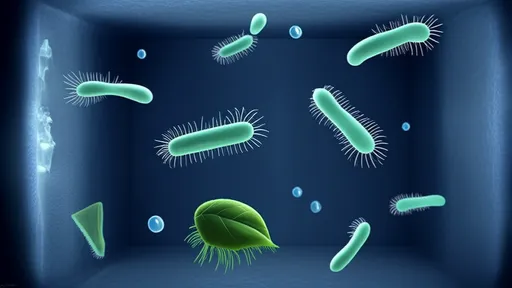
By /Jun 7, 2025

By /Jun 7, 2025

By /Jun 7, 2025